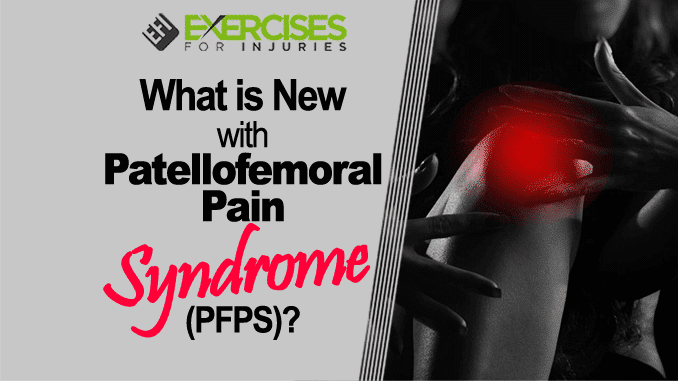Patellofemoral pain syndrome is a common overuse injury of the hip that affects some people more than others. While no one knows what causes PFS, some researchers think hip problems are often caused by “micro-damage” and cumulative stress of regular activity. This makes it challenging to identify the exact source of the problem and determine the best course of treatment. Patellofemoral pain syndrome (PFPS), also known as chondromalacia, is the painful inflammation of the knee’s cartilage lining. This pain usually occurs below the kneecap and is more likely to occur in people who have extra-tight thigh muscles, are inactive for an extended period, or have overweight thighs.
What they Looked at
It is thought that the hip during weight-bearing activities contributes to patellofemoral pain syndrome.
They looked at the knee and hip motion during stair stepping (ascending and descending) in female athletes with and without PFPS. | 404
What they Found
They found that females with PFPS descend stairs with the knee in a more flexed position and have the hip in a more adducted and internally rotated position at foot contact during stair stepping at a comfortable speed.
Take Home Message
The take-home message is for those with PFPS; their gluteus medius is not working and needs to be addressed. I go into this in detail in the Core Stability of the Hip program | 404.
How Much Does Taping Screw up Muscle Activation?
What they Looked at
They looked at the changes in muscle activity and plantar pressure during running with an augmented low Dye (ALD) tape job.
They had recreational runners run on a treadmill with ALD, control tape, and no tape.
What they Found
They found that an ALD taping significantly altered muscle activity and plantar pressure during treadmill running by delaying the onset of the muscle activation of the gluteus medius, vastus medialis, and vastus lateralis plus increased lateral midfoot plantar pressure.
Take Home Message
An ALD may provide some relief when running, but it may not be a long-term solution, especially with effects on muscles that stabilize the knee and hip. I go through more in Muscle Imbalances Revealed.
Do Sedentary Females with PFPS Have Hip Weakness like Athletes?
Hip weakness is common in female athletes with PFPS, which is the same for sedentary females.
They compared the hip strength of sedentary females with either unilateral or bilateral patellofemoral pain syndrome (PFPS) to a control group of sedentary females of similar demographics without PFPS.
What they Looked at
They tested the strength in the six muscle groups (hip abductors, hip adductors, lateral rotators, medial rotators, flexors, and extensors) around the hip.
What they Found
The hip muscle strength of sedentary females with bilateral PFPS was statistically weaker by 12%-36% than that of the control group for all muscle groups.
The hip abductors, lateral rotators, flexors, and extensors of the injured side of those with unilateral PFPS group were statistically weaker by 15%-20% than that of the control group. Still, only the hip abductors were significantly more vulnerable than their uninjured side by 20%.
Take Home Message
Those who are not active and have PFPS need hip strengthening added to their exercise program with a focus on hip abduction, especially gluteus medius.
All this stuff will be great for my upcoming Exercise Rehabilitation of the Hip course.
I still have some more stuff on patellofemoral pain syndrome; I will get it up soon.
Rick Kaselj, MS
P.S. – If you are looking for a specific exercise program to help you with your patellofemoral pain syndrome, CLICK HERE.
McKenzie K, Galea V, Wessel J, Pierrynowski M. (2010). Lower extremity kinematics of females with patellofemoral pain syndrome while stair stepping. J Orthop Sports Phys Ther. 2010 Oct;40(10):625-32.
Kelly LA, Racinais S, Tanner CM, Grantham J, Chalabi H. (2010). Augmented low dye taping changes muscle activation patterns and plantar pressure during treadmill running. J Orthop Sports Phys Ther. 2010 Oct;40(10):648-55.
Magalhães E, Fukuda TY, Sacramento SN, Forgas A, Cohen M, Abdalla RJ (2010). A comparison of hip strength between sedentary females with and without patellofemoral pain syndrome. J Orthop Sports Phys Ther. 2010 Oct;40(10):641-7.

